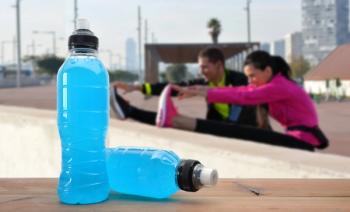
LIBS Analysis of Powder Materials Used in Additive Technologies
In a recent study, laser-induced breakdown spectroscopy (LIBS) was used, for the first time, to quantitatively analyze powder materials used in additive technologies.
In a recent study (1), laser-induced breakdown spectroscopy (LIBS) was used, for the first time, to quantitatively analyze powder materials used in additive technologies. Researchers found that using LIBS to map loose metal powder attached to double-sided adhesive tape provided high reproducibility of measurements even for powder mixtures with a large range of particle densities (tungsten carbide particles in nickel alloy powder).
Calibration curve construction and accuracy estimation by the leave-one-out cross-validation procedure was used to estimate LIBS analytical capabilities for tungsten and carbon analysis. A LIBS and X-ray fluorescence (XRF) spectroscopy comparison showed better results for LIBS analysis. Improved analysis accuracy and the capability to quantify light elements (for example, carbon) demonstrated the suitability of LIBS as a technique for express on-site multielement analysis of powder materials used in additive technologies.
Reference
V.N. Lednev, P.A. Sdvizhenskii, M. Ya. Grishin, M.A. Davidov, A. Ya. Stavertiy, R.S. Tretyakov, M.V. Taksanc, and S.M. Pershin, arXiv.org (2018).
Newsletter
Get essential updates on the latest spectroscopy technologies, regulatory standards, and best practices—subscribe today to Spectroscopy.





